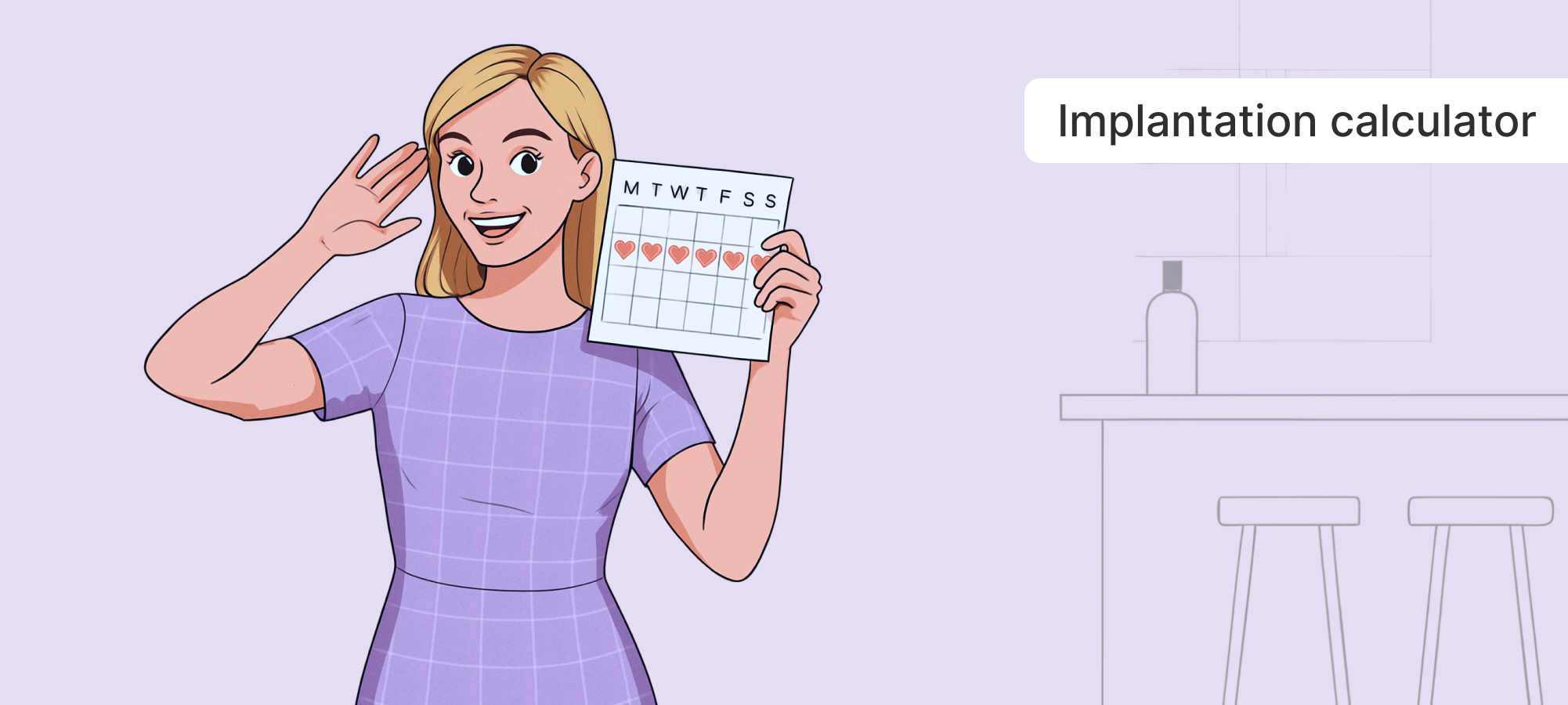Breathing exercises to relax

Pregnancy is a transformative journey filled with excitement, changes, and sometimes stress. As your body nurtures a new life, it's more important than ever to care for your mental and physical well being. One simple yet powerful way to do this is through breathing exercises. These gentle techniques can help reduce anxiety, improve sleep, ease discomfort, and prepare you for labor.
In this blog, we explore effective breathing exercises to help you relax during pregnancy, keeping both you and your baby calm and connected.
Why Focus on Breathing?
Breathing is something we do every moment, but during pregnancy, learning to control your breath can offer numerous benefits:
-
Reduces stress and anxiety
-
Lowers heart rate and blood pressure
-
Improves oxygen flow to you and your baby
-
Relieves muscle tension and fatigue
-
Promotes better sleep
-
Prepares your body and mind for labor
Best of all, breathing exercises are natural, safe, and can be done anytime, anywhere.
1. Deep Belly Breathing (Abdominal Breathing)
This technique focuses on using your diaphragm to breathe deeply, promoting relaxation and helping you stay grounded.
How to do it:
-
Sit or lie down comfortably with your back straight.
-
Place one hand on your chest and the other on your belly.
-
Inhale slowly through your nose, letting your belly rise while your chest stays still.
-
Exhale slowly through your mouth, feeling your belly fall.
-
Repeat for 5–10 minutes.
Tip: Try this in the morning or before bedtime to help reduce tension and calm your mind.
2. 4-7-8 Breathing Technique
Known for its calming effects, this method can help you manage anxiety or fall asleep faster.
How to do it:
-
Inhale through your nose for 4 seconds.
-
Hold your breath for 7 seconds.
-
Exhale slowly through your mouth for 8 seconds.
-
Repeat for 4 cycles (and gradually increase as comfortable).
Note: This technique might feel intense at first, so go slowly and adjust as needed.
3. Counting Breaths
A simple and effective technique to center your thoughts and shift focus away from discomfort or stress.
How to do it:
-
Inhale slowly and deeply while mentally counting “one.”
-
Exhale slowly while counting “two.”
-
Continue this pattern, counting up to 10.
-
Then repeat the cycle.
This is a great exercise to do while waiting at appointments, in bed, or during moments of anxiety.
4. Alternate Nostril Breathing (Nadi Shodhana)
This ancient yogic practice helps balance the mind and body, promoting clarity and inner peace.
How to do it:
-
Sit comfortably and use your right thumb to close your right nostril.
-
Inhale deeply through your left nostril.
-
Close the left nostril with your ring finger and release the right nostril.
-
Exhale slowly through the right nostril.
-
Inhale through the right nostril, then switch and exhale through the left.
-
Continue alternating for 5 minutes.
Caution: If you feel lightheaded, pause and return to normal breathing.
5. Labor Breathing (Patterned Breathing)
As you prepare for labor, practicing rhythmic breathing can help you cope with contractions and stay calm.
How to do it:
-
Slow paced breathing: Breathe in through your nose and out through your mouth in a slow, relaxed rhythm. This is useful during early labor.
-
Light accelerated breathing: As contractions intensify, take quick, shallow breaths (in-out, in-out) and end each cycle with a long exhale.
Consider practicing these with your partner or birth coach as part of your prenatal routine.
Tips for Practicing Breathing Exercises
-
Choose a quiet, comfortable space.
-
Wear loose clothing to allow free movement of the diaphragm.
-
Practice regularly even 5 minutes a day can make a difference.
-
Listen to calming music or use a guided meditation app if it helps.
-
Always stay hydrated and take breaks when needed.
Related Articles

What symptoms are normal

When to talk to a doctor about your cycle

How pregnancy affects intimacy

Where period pain comes from

Preparing for Labor and Delivery

Shopping for baby essentials

Respecting boundaries

Implantation Calculator: Estimate When Pregnancy Begins